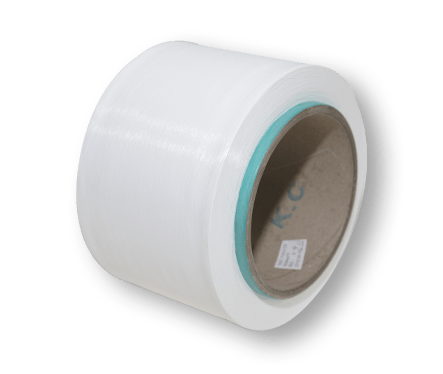As for the moisture absorption and perspiration wicking […]

As for the moisture absorption and perspiration wicking of fabrics, general consumers will be confused. In fact, these are two concepts, namely moisture absorption and moisture removal of the fabric.
First, let's talk about moisture absorption. Synthetic fibers take polyester as an example. In fact, they have low water absorption and poor moisture permeability, and are prone to sultry feeling during activities; natural fibers, such as cotton, have good moisture absorption properties and are comfortable to wear, but when people sweat a little , The cotton fiber will expand due to moisture absorption and stick to the skin. At the same time, the water divergence is slower, which will cause a cold and wet feeling to the human body. Say goodbye to sweat, stay cool, soft and comfortable.
Specially designed for moisture wicking finishing, mainly for sports and outdoor sports apparel, so that the fabric has the characteristics of absorbing sweat, beautiful and comfortable, and suitable for the finishing process of all fibers
What is moisture wicking? This term refers to making non-hydrophilic fabrics have both hygroscopicity and quick-drying properties. Generally speaking, it is difficult for natural fibers or synthetic fibers to have both characteristics, but moisture wicking processing technology can do this. Therefore, for polyester fiber that does not absorb water at all, moisture wicking processing technology has given it new life.
The main functions of moisture wicking fabrics are polyester moisture wicking fabrics and nylon moisture wicking fabrics. Because polyester moisture wicking fabrics are a highly crystalline fiber. There is no hydrophilic group in the main chain of the molecule, so it is hydrophobic and poor in moisture absorption and perspiration. Therefore, the clothing has poor moisture permeability and a sense of stuffiness. There are also various troubles caused by static electricity easily accumulating. Looking at the development of moisture wicking polyester. It is mainly implemented through physical and chemical modification, or a combination of the two.
The moisture removal of the fabric mainly depends on the physical structure of the fiber. The gaseous moisture that evaporates from the skin surface is first absorbed by the fabric (that is, moisture absorption, ---- note that the fabric absorbs moisture, not the fiber!) and then by the pores (capillaries, micropores, grooves) inside the fibers and between the fibers The capillary effect produced by the gap makes the moisture adsorb and diffuse between the fabrics. In this way, the moisture migrates to the surface of the fabric and evaporates, thus completing the process of dehumidification